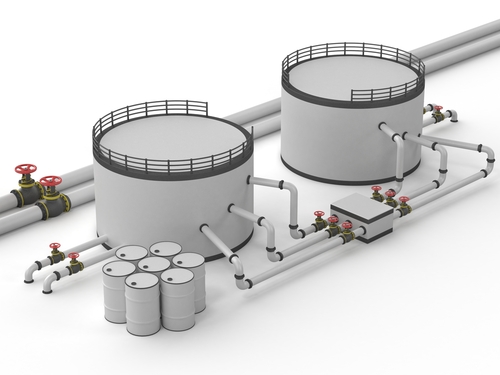 |
Oil/ Water Separators – Understanding the Wastewater Exemption
The Environmental Protection Agency (EPA) defines four uses for OWS and the applicability of each use under the SPCC rule. These are:
- Wastewater treatment
- Secondary containment
- Oil production, and
- Oil recovery and/or recycling.
Of these four uses, only wastewater treatment is completely exempt from regulation under the SPCC rule, but before a facility can rely on this OWS exemption, there are a number of important aspects to consider.
Join us for an in-depth webinar on Tier II SPCC plan preparation on July 31. Assure that your SPCC plan meets all the applicable regulatory requirements, is complete, and cost effective. Register now.
The EPA cites three typical separator designs commonly used in the pretreatment of wastewater:
1) Standard gravity OWS, which are liquid containment structures providing the time necessary for oil droplets to rise to the surface and form a separate layer that can be removed using methods such as skimmers or pumps,
2) Enhanced gravity separators, which allow the separation of smaller droplets of oil using coalescing media and small diameter cartridges that enhance laminar flow and separation of the droplets that accumulate on the separator surface for removal, and
3) Vortex separators that combine gravity with centrifugal force.
When considering whether or not an OWS is exempt, Section 112.1(d)(6) states:
“Any facility or part thereof used exclusively for wastewater treatment and not used to satisfy any requirement of this part. The production, recovery, or recycling of oil is not wastewater treatment for purposes of this paragraph.”
Specifically, this means the OWS is only used for wastewater treatment and is a flow-through separator that “is not engaged in a static process in an isolated container.” Examples of exemption-eligible wastewater treatment OWS could include:
- OWS at a wastewater treatment facility,
- OWS at an active groundwater remediation site,
- Grease traps that intercept and congeal oil and grease from liquid waste, and
- OWS in landfill leachate collection systems
It’s important to understand SPCC amendments for ongoing compliance. Are you in the know? Join us for an exclusive webinar on July 31 on SPCC Plan Writing for Tier II Facilities. Register now.
The EPA makes OWS exemption determinations on a case-by-case basis, but facility owners and operators should be aware that gaining an OWS exemption does not exempt the entire facility from SPCC compliance. For example, a publicly owned treatment work (POTW) or other type of wastewater treatment facility may gain an OWS exemption for a specific piece of equipment and at the same time have bulk storage containers and oil-filled equipment on site that remain subject to SPCC requirements.
When a facility does have non-exempt containers and/or equipment in addition to an exempt OWS, the capacity of the equipment used for the exempt OWS is not included in the calculation required by the SPCC rule to determine applicability. However, the capacity of any separate containers used to store oil recovered by the exempt OWS process, which are considered bulk storage containers, do not qualify for the exemption and are required to be in compliance with applicable SPCC regulations.
The EPA also notes that even SPCC-exempt OWS may be covered under other federal, state or local regulations including:
- National Pollutant Discharge Elimination System (NPDES) permit requirements under Section 402 of the Clean Water Act (CWA),
- Pretreatment standards under Section 307(b) of the CWA, including General Pretreatment Regulations for Existing or New Sources of Pollution at 40 CFR 403.5(b)(6) which specifically prohibits discharges to a POTW of “petroleum, oil, non-biodegradable cutting oil, or products of mineral oil origin in amounts that will cause interference or pass through.”
